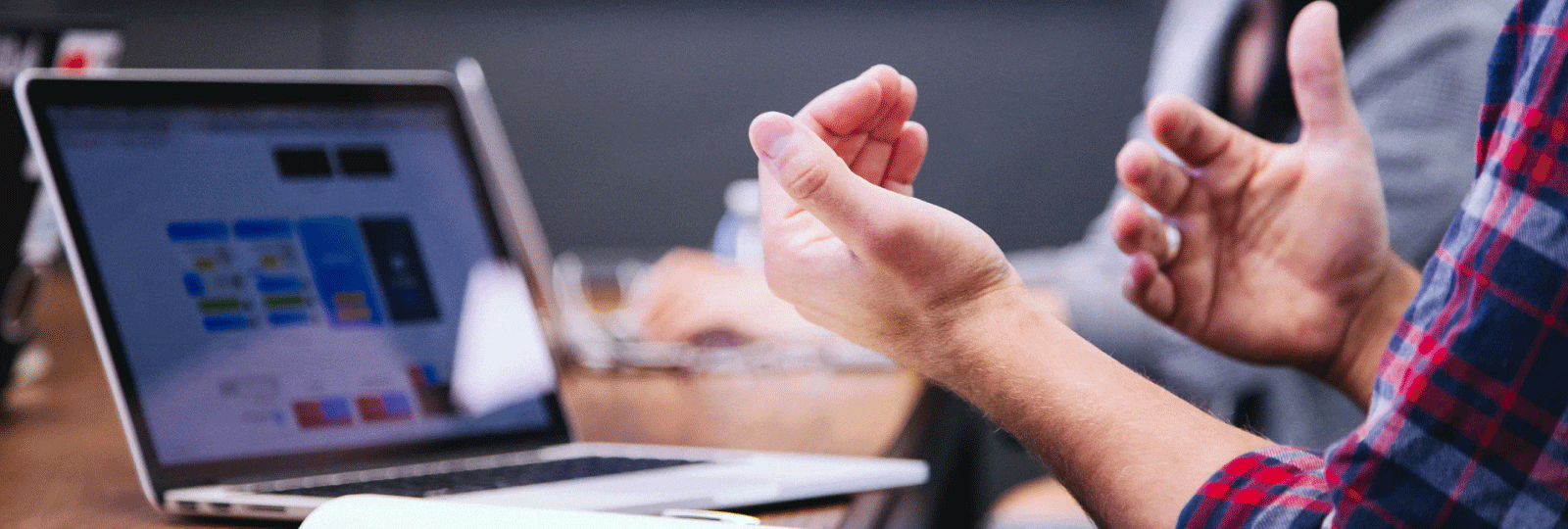
End Use Compromise Leads to Cleanup Progress in Brawley, CA
Compromises are, by definition, imperfect. Yet in many brownfields projects, moving forward with cleanup and reuse of an underutilized and potentially hazardous site is dependent on overcoming entrenched positions to find a compromise. Such is the case of the former PureGro site in Brawley, CA; compromise enabled the cleanup of a site with known contamination, sitting vacant for more than a decade. 15,000 cubic yards of contaminated soil was removed from the site in December 2020, marking a major milestone in the cleanup of the site – and satisfying a key desire of the Brawley community.
The PureGro site is an eleven-acre property across the street from a residential neighborhood in Brawley (photo above: the site as viewed from River Drive). From the 1940’s until 2000, pesticides were formulated, stored, and distributed on the site by the former PureGro Company. PureGro was a subsidiary of Union Oil Company of California (Unocal), which Chevron Corporation acquired in 2005. Unocal assets included previously closed legacy operations, like the PureGro site. In 2006, with oversight from the California Department of Toxic Substances Control (DTSC), about 15,000 cubic yards of contaminated soil were excavated and put in a stockpile within a secondary fenced area, covered to prevent dust, and monitored until a final remedy was approved and implemented.
 |  |
River Drive and former PureGro sitePureGro facility map of area
Over the next eleven years, DTSC investigated soil and groundwater quality and conducted a Feasibility Study to assess various remedies. Testing showed that soil at the site was contaminated with pesticides, volatile organic compounds (VOCs), and metals. Groundwater was contaminated by DDT, petroleum, metals, chloride, nitrate, sulfate, and total dissolved solids (TDS). Residents of Brawley were understandably concerned by these findings.
In January 2018, DTSC released a Draft Remedial Action Plan (DRAP), submitted by Chevron, which called for the soil stockpile to be distributed across the site and capped, with long-term monitoring of groundwater and inspections of the cap. Though this plan was in accordance with DTSC guidelines and current zoning of the site as M1-Industrial, the negative response from Brawley residents was overwhelming. DTSC received approximately 100 comments in opposition to the plan and it was quickly scrapped. Chevron needed to develop an alternative plan that took the concerns of the community into consideration.
The Center for Creative Land Recycling (CCLR) was brought in as a neutral third-party to solicit community input through a Vision-to-Action (V2A) workshop. Up until this time, the remediation process focused only on the cleanup options without any consideration of the future reuse of the site. The V2A exercise was designed to provide the City of Brawley information on the feasibility of possible site reuse options based on community input, economic and market conditions, and anticipated costs of these options. The feasible options would inform the land use with which DTSC reviews cleanup solutions. CCLR has found that the end-use of a site drives cleanup, so the feasibility of types of redevelopment – including desirability to the community – is the crux of any cleanup plan for the PureGro site.
After an introductory presentation which included poll questions, the 50 members of the public who attended the V2A engaged in a mapping exercise to sketch their ideal end use on a map of the former PureGro site, creating five reuse scenarios. From the V2A workshop and the comments received by DTSC on the first DRAP, several primary requests of Brawley residents emerged: that the stockpile of contaminated soil be completely removed, that cleanup happens quickly, and that the site be remediated to residential standards.
After the workshop and community opinions were received, three reuse options were refined and further evaluated for feasibility: a single-family subdivision, an industrial park, and an industrial park with a buffer.

CCLR and our partners found that a single-family subdivision required a $13.3 million subsidy to meet a developer’s needed return on investment. It would also require that the zoning of the site be changed from M1-Industrial to R1-Residential, which the City indicated would need to be initiated by the property owner or a willing buyer/developer for residential use. However, the market outlook for sale of residential property is poor: there is an abundance of property in the area that is already residentially zoned and would not need additional time and steps to prepare it for redevelopment. Yet during the V2A polling, 90% of attendees said that they did not support delaying site cleanup to wait for an ideal redevelopment option.
The industrial park and industrial park with buffer scenarios required $4.4 million and $6 million in subsidies respectively. Industrial property has a much better regional market outlook. According to representatives of the Imperial Valley Economic Development Council (IVEDC), there is over $10 billion in recent industrial development investment in the Imperial Valley, with roughly $20 billion in the planning or negotiation phase. Both of the industrial park scenarios included features such as set-backs, walls, or vegetated buffers that would help to keep future site activity away from adjacent residential developments. These features were incorporated from the scenarios attendees created during the V2A workshop. View the full report and recommendations by CCLR here.
In December 2019, Chevron submitted a new DRAP to DTSC. The proposal was a compromise; it included removal of the entire stockpile to an out-of-state landfill in Arizona as well as additional cleanup and removal of soil from contamination hot spots throughout the property. The plan was in keeping with CCLR’s recommendation that the site retain M1-Industrial zoning, and would therefore be cleaned up to industrial standards instead of residential. Though it is unlikely that the site will be developed residentially at this time, the near-term remediation of the site to industrial standards does not mean that it can never be cleaned up further or that the property owner cannot decide to voluntarily remediate the site to a higher standard.
The reaction of Brawley residents to the second DRAP was lukewarm at best, primarily due to how they had already waited for cleanup to happen. Yet its subsequent approval in June 2020 meant that cleanup could begin. Trucks began removing the stockpile of contaminated soil in September, and, a little over a year after the second DRAP was submitted, the entire stockpile was removed.
And remediation will continue. Additional efforts will include the excavation and off-site removal of contamination hot spots, a site-wide engineered cover, and ongoing groundwater monitoring. As desired by the City of Brawley and community members, there will be a 50-foot buffer zone on the south and eastern sides of the property which are in closest proximity to residential areas. Landscaping will be placed along the road between the site and the current residential neighborhood. Read more about the Remedial Action Plan and its status here.
Cleanup of the PureGro site illustrates the complexity of reaching a consensus – and the importance of trying. With input from the community, the cleanup compromise means that Chevron, as the property owner, has reduced its environmental liability. It means that a source of toxic contamination has been removed from proximity to a residential area. It means an abandoned property can take the next steps toward productive reuse. And it means that the community of Brawley can move forward.
For more information on conducting V2A workshops, including opportunities for financial and technical assistance, please reach out to CCLR at [email protected].



